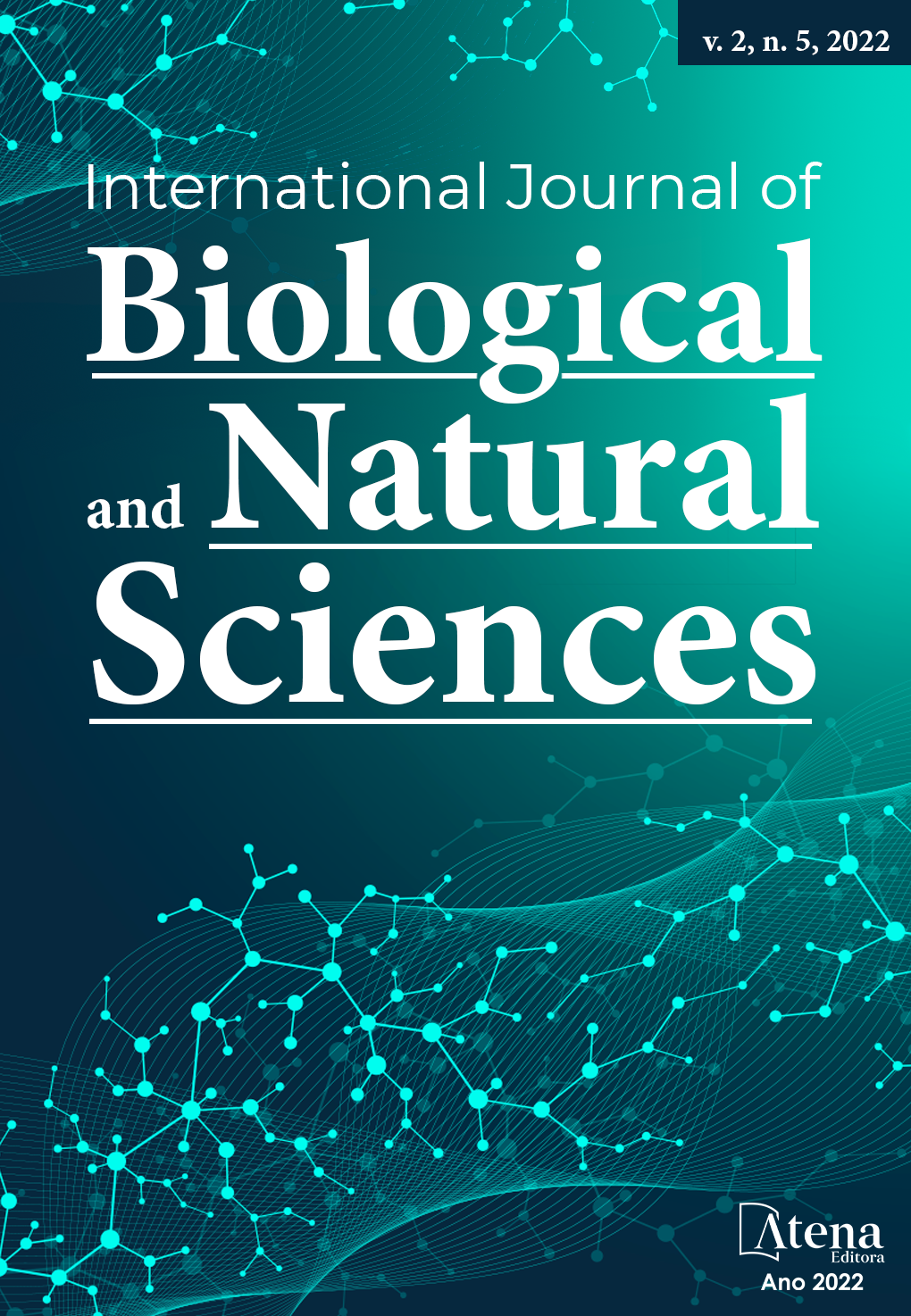
Microscopy and Spectroscopy Analyses of Methylene Blue Biosorption on Pennisetum clandestinum Waste
Dyes are common components of wastewater. It is estimated that there are more than 100,000 colorants available in the market (7x105 to 1x106 tons per year). The methylene blue (MB) dye is one of the most used. The high concentration of MB causes health problems in humans and animals. On the other hand, the grass species Pennisetum clandestinum is an agro-industrial waste which is considered invasive of crops and agricultural areas. The aim of this work was to use a biosorbent obtained from Pennisetum clandestinum for removal of MB from aqueous solutions. This was evaluated by equilibrium and kinetic studies, as well as by infrared spectroscopy (FTIR) and chemical mapping by ESEM-EDS to elucidate biosorption mechanisms. The results showed 96% removal after 30 minutes. The mathematical model fitting reported the Freundlich isotherm and pseudo-second-order kinetics. The FTIR spectra showed the formation of new chemical bonds such as C-O, N-H. The elemental chemical mapping indicated the increase of S, C, and N, which evidenced the biosorption process. In conclusion, the pruning residue Pennisetum clandestinum showed to be a high-efficiency biosorbent for the removal of MB.
Microscopy and Spectroscopy Analyses of Methylene Blue Biosorption on Pennisetum clandestinum Waste
-
DOI: 10.22533/at.ed.813252220073
-
Palavras-chave: pruning waste; spectroscopy; electron microscopy; dyes; adsorption isotherms
-
Keywords: pruning waste; spectroscopy; electron microscopy; dyes; adsorption isotherms
-
Abstract:
Dyes are common components of wastewater. It is estimated that there are more than 100,000 colorants available in the market (7x105 to 1x106 tons per year). The methylene blue (MB) dye is one of the most used. The high concentration of MB causes health problems in humans and animals. On the other hand, the grass species Pennisetum clandestinum is an agro-industrial waste which is considered invasive of crops and agricultural areas. The aim of this work was to use a biosorbent obtained from Pennisetum clandestinum for removal of MB from aqueous solutions. This was evaluated by equilibrium and kinetic studies, as well as by infrared spectroscopy (FTIR) and chemical mapping by ESEM-EDS to elucidate biosorption mechanisms. The results showed 96% removal after 30 minutes. The mathematical model fitting reported the Freundlich isotherm and pseudo-second-order kinetics. The FTIR spectra showed the formation of new chemical bonds such as C-O, N-H. The elemental chemical mapping indicated the increase of S, C, and N, which evidenced the biosorption process. In conclusion, the pruning residue Pennisetum clandestinum showed to be a high-efficiency biosorbent for the removal of MB.
-
Número de páginas: 11
- Mayuric Teresa Hernández Botello
- Silvia B. Andrade-Canto
- Ma del S. López-Cortez
- D.E. Leyva-Daniel
- Z. E. Delgado-Huerta
- F. Garcia-Ochoa


